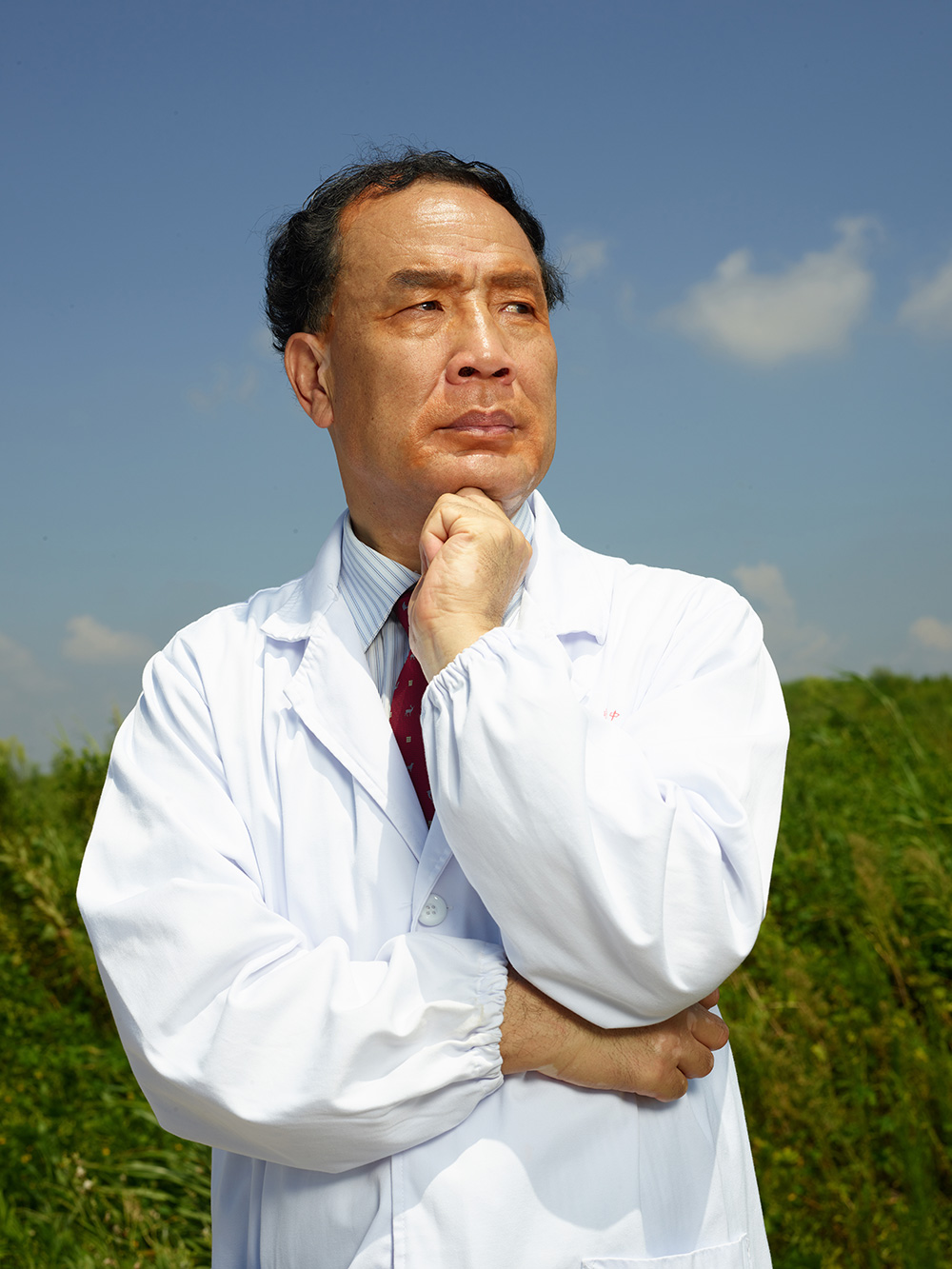Zhang Yongzhen: Genome sharer
This scientist and his team posted the coronavirus’s RNA sequence online before anyone else.
BY DAVID CYRANOSKI

The international scientific battle against COVID-19 began on the morning of 11 January in Shanghai. That was when virologist Zhang Yongzhen, after days of hesitation, agreed to post online the genome of the virus that was causing pneumonia-like illness in Wuhan, China.
His sharing showed the world that this was a new coronavirus, and similar to the one that caused the deadly 2003 outbreak of SARS (severe acute respiratory syndrome). Researchers immediately pored over the genome to investigate the virus’s key proteins, produce diagnostic tests and design vaccines. “That was the most important day in the COVID-19 outbreak,” says Linfa Wang, a virologist at Duke–National University of Singapore Medical School.
But releasing the sequence was not a straightforward matter. Zhang’s laboratory at the Shanghai Public Health Clinical Center received a sample of the pathogen on 3 January. On the same day, the Chinese government circulated an order forbidding local authorities and labs from publishing information about the virus. After 40 hours of work, at 2 a.m. on 5 January, team member Chen Yan-Mei alerted Zhang that the virus was related to SARS. Later that day, Zhang notified Shanghai’s municipal health authority of the threat and uploaded the data to the National Center for Biotechnology Information (NCBI), a sequence repository run by the US National Institutes of Health.
He then waited for the NCBI to process the upload and send it back for him to review. Over the next few days, he submitted a paper to Nature about the genome and visited Wuhan, where he got first-hand accounts from physicians about the effects of the virus. An editor at Nature urged him to post the sequence. And on 11 January, as Zhang was about to take off on a flight to Beijing, long-time collaborator Edward Holmes, an evolutionary virologist at the University of Sydney in Australia, called him and asked him to release the data online.
Zhang asked Holmes for a minute to think, but the flight attendant was telling him to hang up. He reflected on the grim conversations he’d had in Wuhan. “It was getting serious,” he recalls. “I said, ‘Eddie, I authorize you to release the data.’” Holmes posted it on the website virological.org, and Zhang asked the NCBI to release the genome. Holmes says the team had held off because of the government order, but Zhang says he wasn’t aware of the edict at the time. He does say, however, that he realized some health officials might be angry if he posted the sequence online.
Within two days, Thailand had used the genome to confirm that the virus had crossed the border, and US researchers were using it to design a coronavirus vaccine. But Zhang’s team had received a government ‘rectification’ order and was temporarily unable to study the virus. Some media outlets reported that his team was being punished. Zhang disputes that. He says visiting officials correctly told his lab to update its biosafety protocols after he had moved equipment during construction work. “We were not shut down,” he says: he still worked on influenza, and the team had resumed coronavirus sequencing by the end of January.
He also sees China’s hesitancy to release data as borne of caution not to get things wrong — remembering that in 2003, a prominent Chinese scientist had mistakenly judged SARS to be caused by a bacterium. “I don’t think China’s central government wanted to control information,” he says. “It’s just that some experts lack the experience to make the right decision.
Zhang still marvels at how quickly SARS-CoV-2 was identified. In 2003, scientists took several months to pin down the SARS coronavirus as the cause. Next-generation sequencing technology has made the difference, and Zhang has been one of the most prolific at applying it; he and Holmes have reported thousands of new RNA viruses. Zhang has established a network of labs in China to try to monitor emerging viruses. He hopes to predict and fend off outbreaks before they start.
Although he didn’t manage that for SARS-CoV-2, he is proud of the recognition he’s received from scientists all over the world for his data sharing. “They say, ‘January 11 was a turning point for understanding that this is serious. It was a turning point for China. It was a turning p

Không có nhận xét nào:
Đăng nhận xét